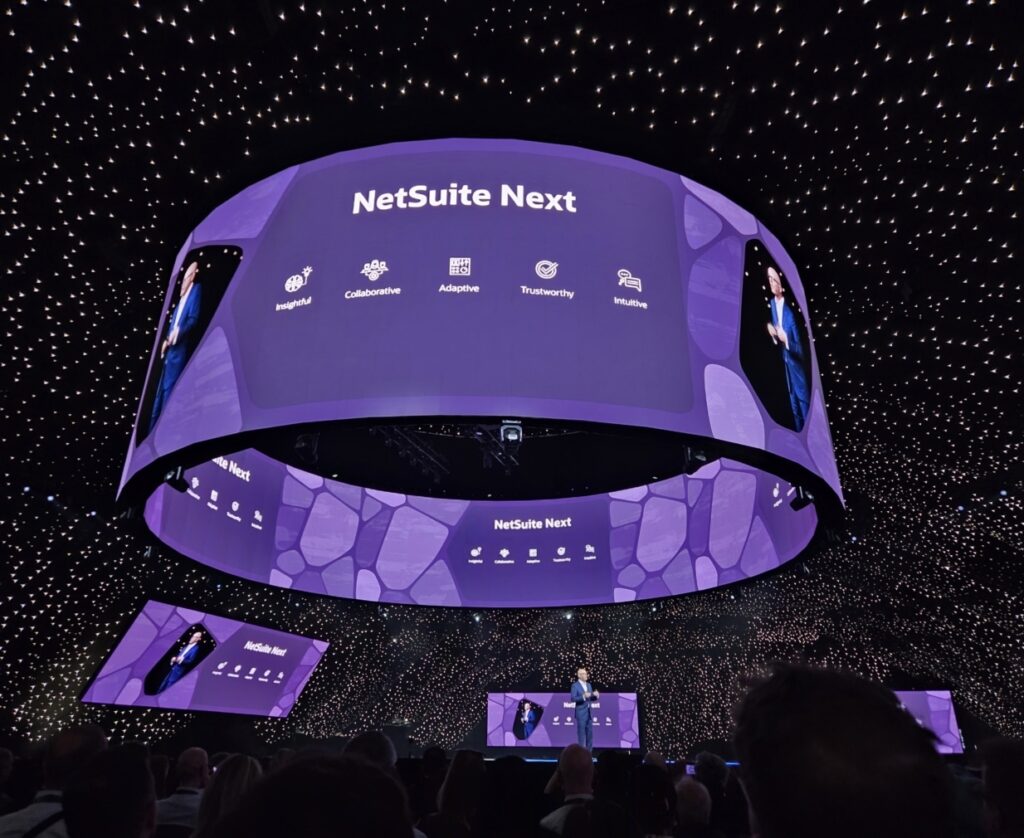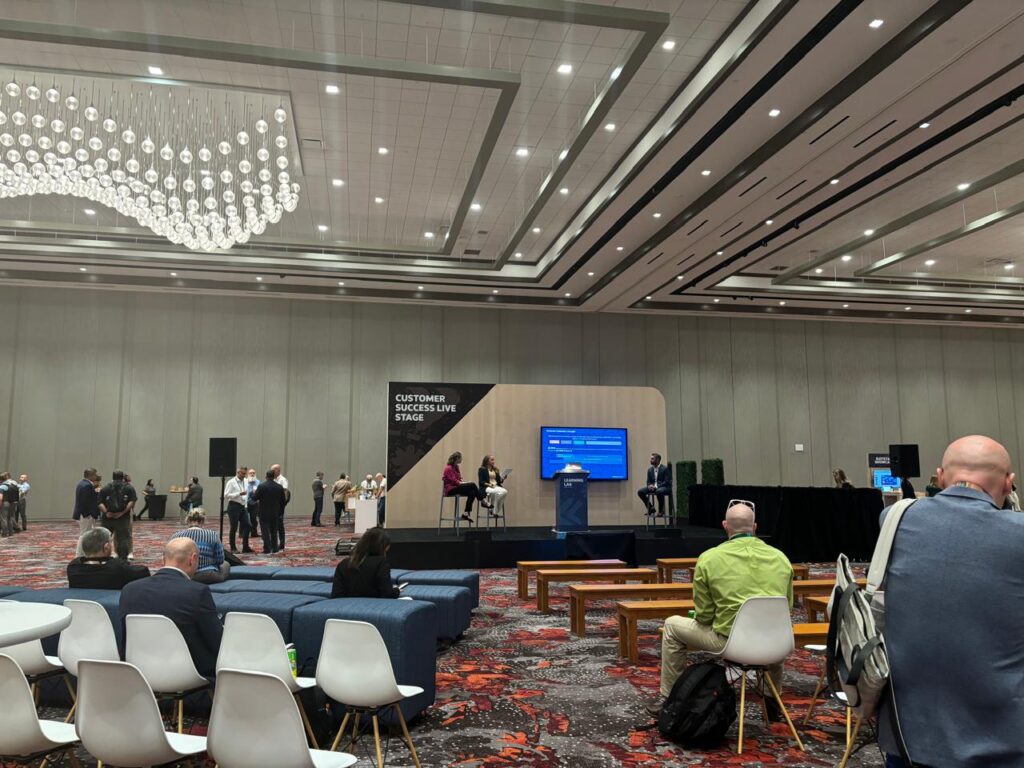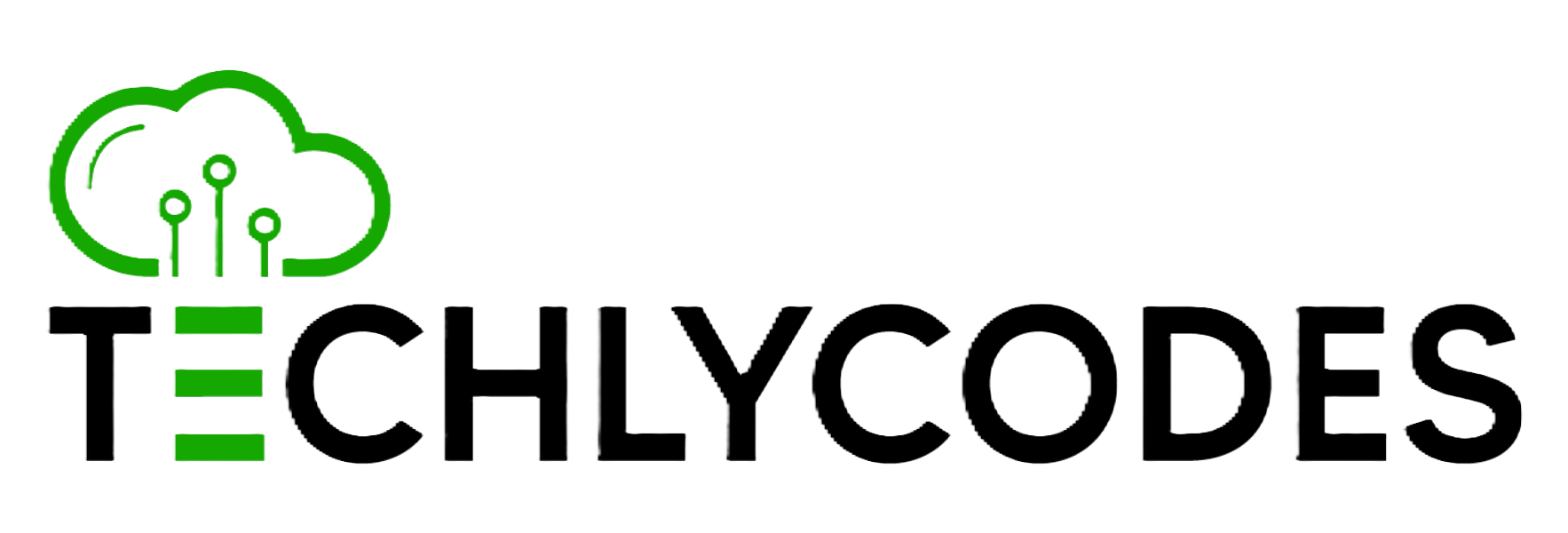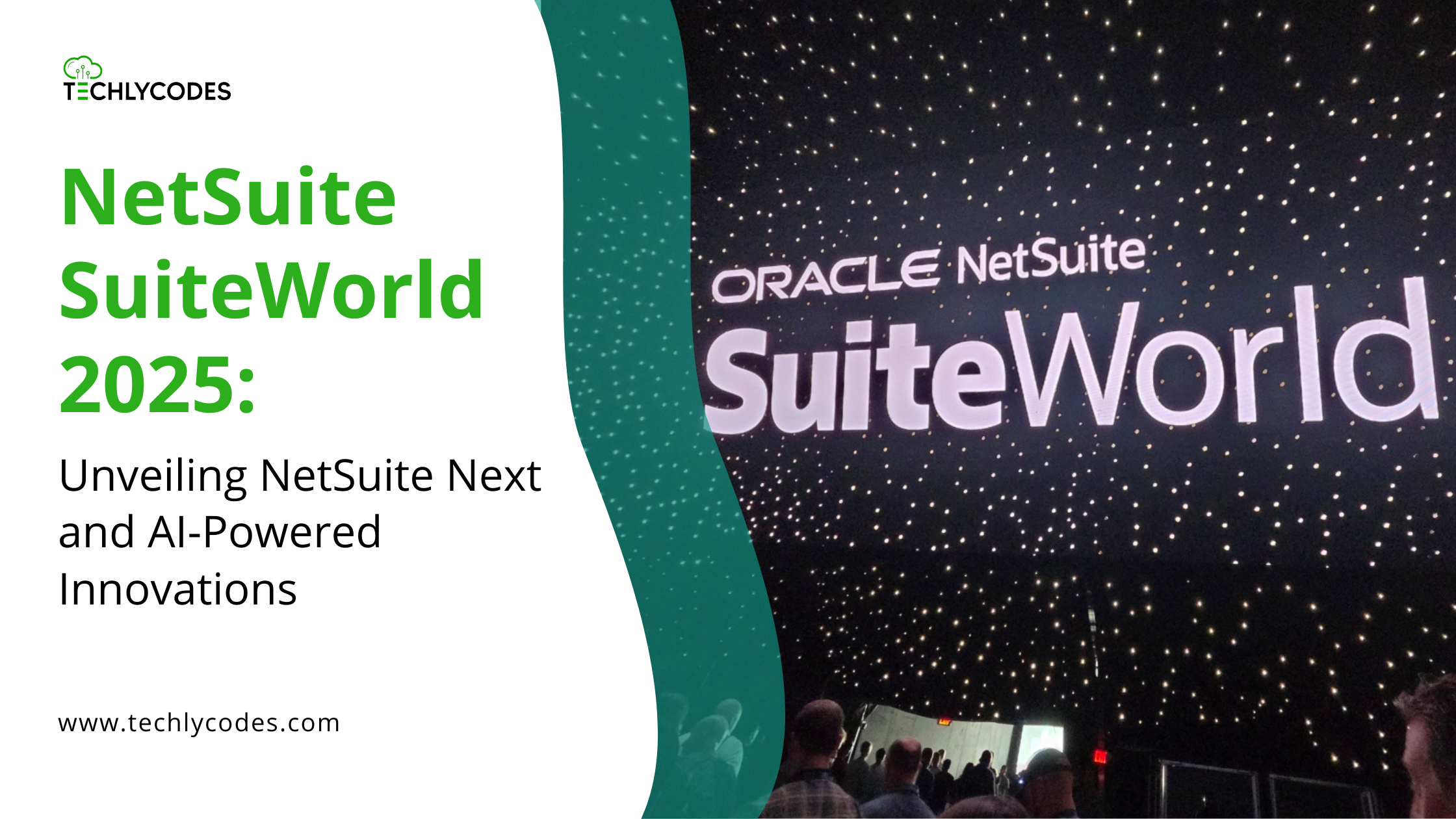SuiteWorld 2025- it was not just an ordinary meeting. It felt like a turning point. On four crammed days in Las Vegas (and broadcast all around the world via On Air), NetSuite slipped down a very bold vision: AI is not an option anymore, it is part and parcel of ERP.
The following will take you through what was good and what you (as a user, partner or executive) should begin doing: Owing to the fact that anything announced at SuiteWorld 2025 will not count until you take action on it.
1. The Big Picture: What Was the Theme of SuiteWorld 2025?
To begin with, all large vendors, attendees and sessions appeared to revolve around a single concept: AI not as an add-on, but as baked-in. Instead of integrating AI modules and plug-ins, NetSuite is redesigning the product to make intelligence, automation, and natural language interaction the default experience. This was announced through their “NetSuite Next” launch. (Oracle)
One more aspect is that NetSuite did not overlook the wants of the average user. As an example, dark mode UI (a minor yet popular demand) got included. That informs me that they are attempting to reconcile flash and usability.
You will also note that there will be several layers in this recap:
- Product / feature announcement.
- Improvement of the developer / platform.
- Partner / ecosystem moves
- Risks, adoption problems and what to monitor.
- Our subjective prism: stories, surprising events at the hac.
I hope that it will seem a guided discussion, rather than a press release.
2. Major Announcements & Product Launches
2.1 NetSuite Next: What It Is (and What It Isn’t)
The core of SuiteWorld 2025 was NetSuite Next that is, in other words, the next generation model that combines conversational AI, agentic workflow, and enhanced automation throughout the suite.
Key attributes:
- Conversational & embedded AI You can ask questions written in natural language (using Ask Oracle) and NetSuite provides answers, visualizations, actions, and reasoning (why this answer, how it decided) based on your own data.
- AI-controlled workflows agentic workflows are workflows controlled autonomously or semi-autonomously by AI (reconciliations, vendor selection, payment propositions) with approval or guardrails.
- Smooth migration: NetSuite promises users that they can seamlessly switch Next on without migrating or interfering with current customizations, permissions or roles. That is a very audacious statement, and I think that it will be very much hinged upon the outcome of how complex the real world turns.
- Beneath the hood: Developed on top of the Oracle Cloud Infrastructure (OCI) and a single data model and openness to be extended. (Oracle)
What has gotten less hype: NetSuite Next is not merely AI to the top, but reimagines the UX of an ERP. At that, it is adaptation friction and strong data hygiene that is risky.
2.2 Ask Oracle & Conversational Intelligence
A more interesting one: Ask Oracle. It is the dialogue access point to your NetSuite data. You can say things such as: instead of searching for dashboards or creating saved searches, you can say:
“Who are the customers with outstanding invoices greater than 100,000 and who have not ordered within six months?
And provide a response – contextual, rationale, images, and recommendations.
What is important (and not usually emphasised): Ask Oracle works with your customizations, extensions, and partner applications, without violating roles and permissions. By that, it does not mean that the AI destroys your custom configuration.
Furthermore, outside of pure Q&A, Ask Oracle is designed to purposefully analyze, navigate, and take action on the entire dataset, and reconcile insight and action.
2.3 AI / Automation Features
NetSuite also announced several new functions under AI / automation. Some of the larger guns are the following:
- Workflows that are agentic (above)
- Narrative insights and summaries: AI will automatically reveal correlations, anomalies, trends, and reasons, that is, you do not need to find them yourself.
- Narrative insights and summaries: AI will automatically reveal correlations, anomalies, trends, and reasons, that is, you do not need to find them yourself.
- Integration of documents and knowledge: The system will be able to read contracts, invoices, PDFs, policy documents, etc., extract structure and put that into workflows or propose action.
And one aspect that was omitted in most recaps: Autonomous Close (i.e. assisting with month-end close by pre-surfacing discrepancies or even doing parts of the close unless flagged). During most finance talks, there was a murmur that this was low hanging fruit in terms of ROI.

3. Developer / Platform Enhancements (SuiteCloud & AI Tools)
As a developer, partner or a technical curious stakeholder, this is where the rubber meets the road.
- AI Connector Service: Mediate NetSuite with external large language models (LLMs) via a Model Context Protocol (MCP). This enables you to incorporate expert AI models into your processes in a controlled manner.
- SuiteAgent Frameworks: Develop bespoke “agents” – autonomous or semi-autonomous bots that may act on both workflow and data (or user stimuli).
- Prompt / Narrative Studios: Prompt logic tools to assist administrators or develop custom responses, connect AI output to business rules.
- Governance, sandboxing, error / rollback logic: One such example is, what do you do to reverse a wrong AI decision? How do you test agents safely? That will be important in actual adoption.
- Custom module extensibility and SuiteApps: The principle is that the custom modules created by partners must be treated like first-class citizens of the AI experience – Ask Oracle and agents are expected to see through them.
In brief: the platform is becoming open to composable AI – not only that by Oracle, but also by your own applications and models.
4. Session Picks, Labs & Workshops — The Best Bits
I was walking for hours between session to session and the following are those which left a trace (and not all things that other recaps covered):
- Developer / AI labs: Practical workshops that allow the participants to explore how AI can be translated into business processes (e.g. sales forecasting, operations planning). These laboratories provided some initial sneak previews of what no-code / low-code AI can be like.
- UX prototype previews: Occasionally, users could preview upcoming UI flows (conversational toggles or hybrid screens) – which many recaps do not describe.
- In-depth finance discussion and refiners: Interviews on anomaly detection, rules of reconciliation, smart reconciliation mapping the extra mile.
- Data governance and trust model workshops: Surprisingly, not a couple of sessions were devoted to what AI can do, but how you can make it safe, auditable, explainable. It is an absent angle in most recaps.
- Customer stories / case studies: Some firms stepped up on stage to share early data (e.g. how much time they saved, where AI uncovered anomalies).
In short: don’t skip the lab and governance sessions — they often hide the “how” behind the “wow.”
5. Hackathon 4Good: Our Team’s Journey & Broader Lessons
This is where you can add a real touch of flavor and credibility because your CEO and your team were involved. There are a lot of recaps that do not give a deep coverage of hackathons, they mention it. We’ll dig in.
What the hackathon was about
The Hackathon 4Good organized by NetSuite had teams (ours was composed of five members) to create socially impactful solutions using NetSuite and AI. The time, limits and judging process were in favour of speed, creativity and practical use.
Our winning (or near-winning) concept
This is where you would fit the idea of your team – e.g. an AI-based supply-chain transparency system, or a system to help communities scale. Explain what you had and what your MVP accomplished, and how you used Ask Oracle / agents / document integration.
Challenges & surprises
- Limits on time caused trade-offs (e.g. you did not carry out non-critical error handling).
- Friction in accessing data: small test data, incomplete edge-cases.
- Integration complexities (connecting external APIs, working with API limits)
- UI/UX burnout: design finalisations were inhuman.
What we learned (and what no one else is publishing)
- Late data quality problems are found quickly when using AI.
- The greater the number of safeguarding guardrails installed earlier, the fewer ills you find in the demo mode.
- Novelty and utility are rewarded by the judges, flashy models just take you so far.
- There were demos that were not scripted as the judging was going on – pivoting and on the fly were rewarded.
Why hackathon outcomes matter
The hackathon is not only fun but it brings out what can be done today, not tomorrow. It provides an insight into real value that the users, partners and Oracle believe exists. Use it as a bellwether.

6. Expo / Partner & Ecosystem Highlights
Vision collides with reality at the Expo floor. The following is a choice of what impressed :
- SuiteApp AI updates / marketplace updates: Oracle has started AI badges (AI, AI Elite) to make users see partner solutions that match the new AI paradigm.
- Smart partnerships: embedded payments & BILL NetSuite introduced smarter payment automation (through BILL) – this allows finance departments to automate vendor payments, approvals, matching, reconciliation – a region that can be used to generate ROI.
- Subscription Metrics dashboards: In SaaS companies, NetSuite provided in-built dashboards (MRR, ARR, churn, cohort analysis) and upgraded by AI. No extra cost. (Epiq Infotech)
- Vertical and regional partner demos: There were examples of small ISVs (in particular in regional markets) that demonstrated early prototypes of niche AI capabilities (e.g. localization, compliance, industry-specific logic). Most recaps do not include them, but they are important, particularly to local adopters.
- Underexplored: Non-ERP modules: There are booths that displayed AI in SCM, inventory forecasting, retail promotions – however, many recaps do not address them. When you have a cross-functional audience, draw attention to it.
9. Key Takeaways
- AI is now a core element – SuiteWorld 2025 represented a transition of extras AI to baseline AI.
- The two-fold push is conversational + agentic: Ask Oracle (language) + agentic workflows (automation) will transform the way users will deal with the ERP.
- Trust and governance are not bargaining points: You must plan to be explainable, auditable, fallback-able, not flashy.
- Partners / developers have additional power, additional responsibility – The new SuiteCloud tools are powerful, but require some attention.
- Activation is better than hype – A lot of new features will be distinguished only by adoption, depth of use-cases and robustness.
10. FAQs
What were the major announcements at SuiteWorld 2025?
NetSuite Next, Ask Oracle, agentic workflows, AI Canvas, narrative insights, document integration, and platform improvements.
What is NetSuite Next?
The AI-first, next-generation version of NetSuite that will be intelligence-centric, automate everything, and use natural language throughout the product.
What is Ask Oracle?
A chatbot in NetSuite that allows one to pose questions using natural language, receive an answer + explanation + recommendations.
Which AI features stood out?
Autonomous close, narrative insight, agentic workflow, document ingestion, autonomous scenario modeling (AI Canvas).
What developer tools were introduced?
AI Connector Service and Suite Agent patterns, prompt studios, narrative tools and safer extension patterns.
What was memorable in hackathon & expo?
Unexpected innovation, tradeoffs under pressure, innovations of the partners not on the headline, and small stories of the ISV that are not covered.
What challenges should be watched?
Performance/latency, data quality, edge-case coverage, resistance to adoption and rollout in non-North American regions.
What should NetSuite customers do next?
Pilot, audit, map, train users, partner wisely, wave planning, and actively involved after launch.


Leave a Reply